Back to Blog
Top 10 AI Generated Art Tools: From Midjourney to ChatGPT, and More
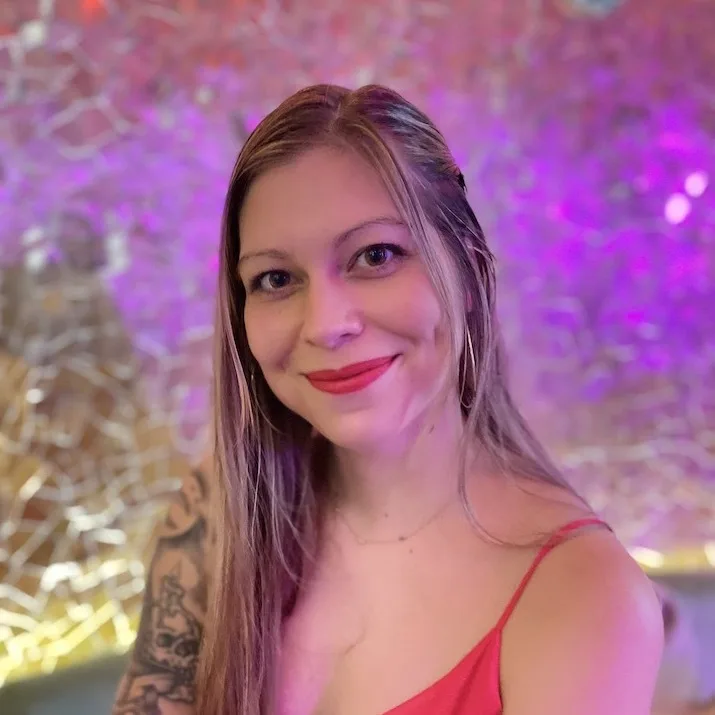
Virginia Valenzuela
Apr 5th, 2023
.4 min read
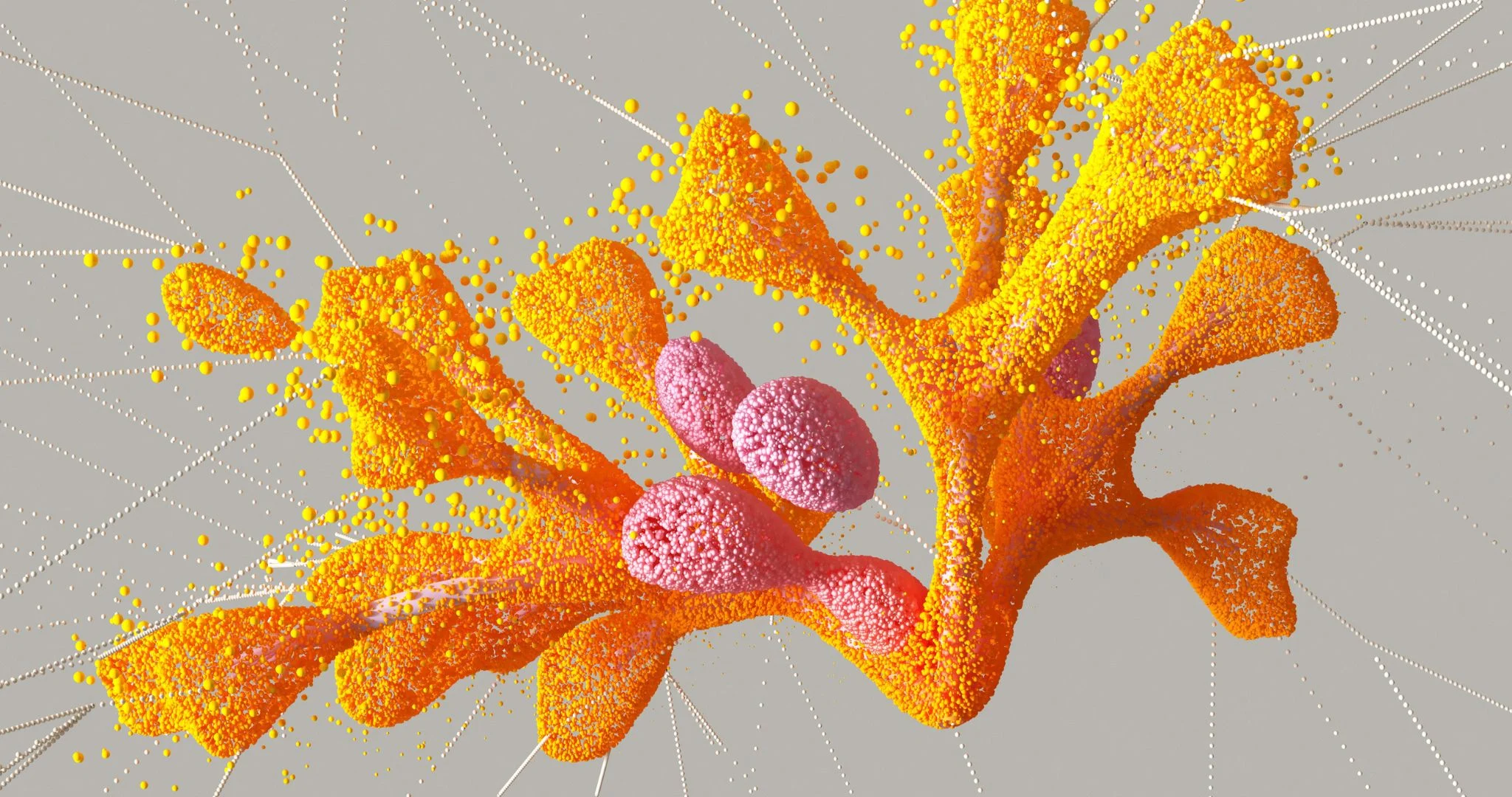
The abundance of new AI art tools coming to market can make it hard to know which one is best for your practice. AI generated art is nothing new to the digital art space, but the ease with which AI artworks can be generated using only text is rapidly becoming a defining feature of 2023.
What is AI generated art?
Artificial intelligence has decades of history in art, ranging from GANs (generative adversarial networks) to nuanced algorithmic art, to programming robots that mimic human motions. But in the last few years, and especially in the last six months, AI art tools have flooded the scene, allowing people with limited technical knowledge to produce high-quality images using artificial intelligence.
Below are 10 easy-to-use AI art tools that you can try out for free.
DALL-E 2
Offered by AI industry leader OpenAI, DALL-E 2 is a well-established favorite in the world of text-to-image art tools. With many examples of how to prompt the generator on their home website, OpenAI makes using its tool extremely intuitive. “What people thought might take five to 10 years, we’re already in it. We are in the future,” Vipul Gupta, a PhD candidate at Penn State told Wired.
Users are offered 50 prompts at the start, and then receive 10 credits (10 prompts) to use per month.
Midjourney
This generator is available via Discord, where users deploy a prompt and then are presented with four images that correlate with that prompt. If the user has a favorite, they can choose that image and have a higher resolution artwork made available to them. Being on Discord, this tool is more community-driven and encourages users to share their outputs.
Art Breeder
This program is best suited for taking existing images and using machine learning to adjust those images or to make various iterations of that image. Other uses include transforming pictures into animated characters, creating engaging landscapes, enhanced portraits, and more.
Deep AI
Originally launched in 2016, Deep AI is on a mission to democratize artificial intelligence technology by keeping its software open-source. In addition to generating images, users are able to customize these outputs by adjusting their color, texture, and detailing.
OpenArt.ai
Founded by a group of ex-Googlers, OpenArt is dedicated to helping its users maintain or increase productivity. The software also invites users to train their AI image generators, a practice which welcomes prolonged engagement and better results as the user and the AI engine get to know one another. They also allow people to search images that have been used in their learning database, which can help artists know whether their work is viewed by the AI engine.
Lexica.art
Something unique to Lexica is that it asks for two separate inputs, one for the prompt (the concept), and another for the negative prompt (things to exclude). This is an interesting way to approach creating AI generated artworks that may work well for people who are new to the technology and still learning how to write effective prompts.
Night Cafe
Originally launched in 2019, Night Cafe is an OG program in the AI art scene. In addition to using text-based prompts, users can add various preset effects including cosmic, oil painting, sketch, and more. Stable diffusion, the style of machine learning that programs like Nigh Cafe have developed, utilizes a technique whereby an algorithm generates a series of images and then combines them together in a new and interesting way. This art tool has been used primarily to create abstract and non-representational art. One great feature of Night Cafe enables you to buy the image and have it printed, framed, and shipped to you.
Craiyon
Something that makes Craiyon a beginner-friendly AI art tool is the list of questions that are included at the bottom of the homepage. These range from how to use the tool to make images to how to word the input so that the AI understands what the user is asking for. Working with AI is not necessarily intuitive, so having help clarifying commands is an essential part of generating an image that matches what the user has in mind.
Shutterstock
A household name in licensing online art, Shutterstock and OpenAI have partnered to create a creative program where creations can be easily licensed. Considering some of the controversy surrounding how AI art tools gain knowledge by scraping the internet for pictures, this can provide an interesting solution to how artificial intelligence moves forward in an ethical manner.
Chat GPT and how to use it
Chat GPT is perhaps the most popular of all AI tools at the moment because it can be used to write about nearly anything. Co-writing texts that are essential to explaining an artistic processes, projects, or an artist’s career has proved especially useful to artists across an incredibly broad spectrum of crafts. These topics come in handy especially when artists, many of whom prefer visual communication to the written form, are asked to present their work to enter galleries or apply for grants.
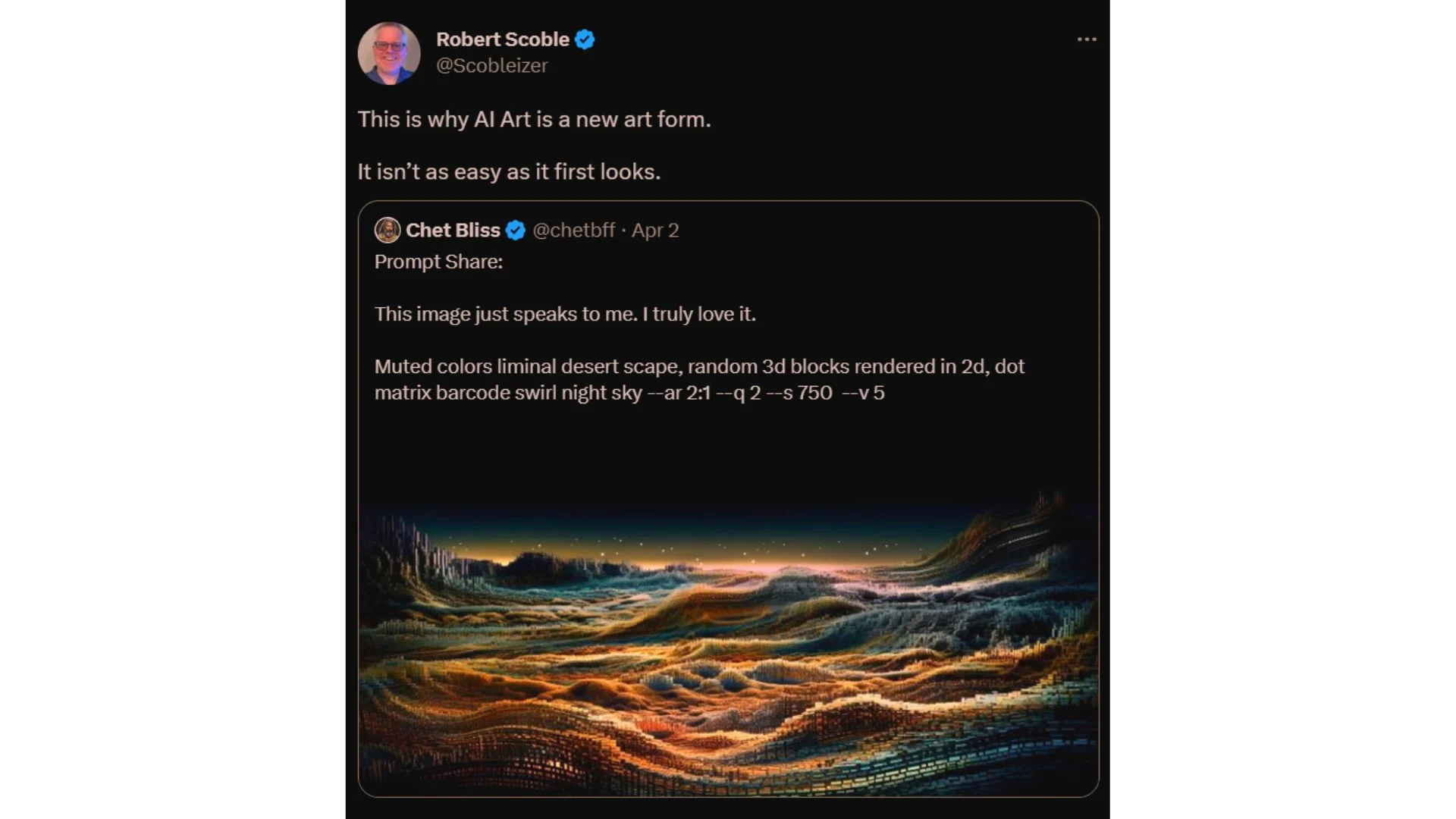
Art in 2023 and beyond
The art world is changing rapidly, leaving many creatives worried of being left behind or lost in a sea of images. NFTs garnered a similar reaction in the bull run of 2021, but have since made strides toward adoption and acceptance as its own art form, distinct from (though at times entwined with) the traditional art world.
And it's not only making waves for the starving artist crowd. Robert Scoble, the Chief Strategy Officer of Infinite Retina, has claimed on Twitter that AI art is an entirely new art form — a sentiment Elon Musk also holds, replying: “some of the AI art is incredible and it keeps getting better!”
So fire up your imagination and stretch your typing fingers, because your simplest prompts could become the key to creating the next generation of AI-inspired NFTs.
Related Posts
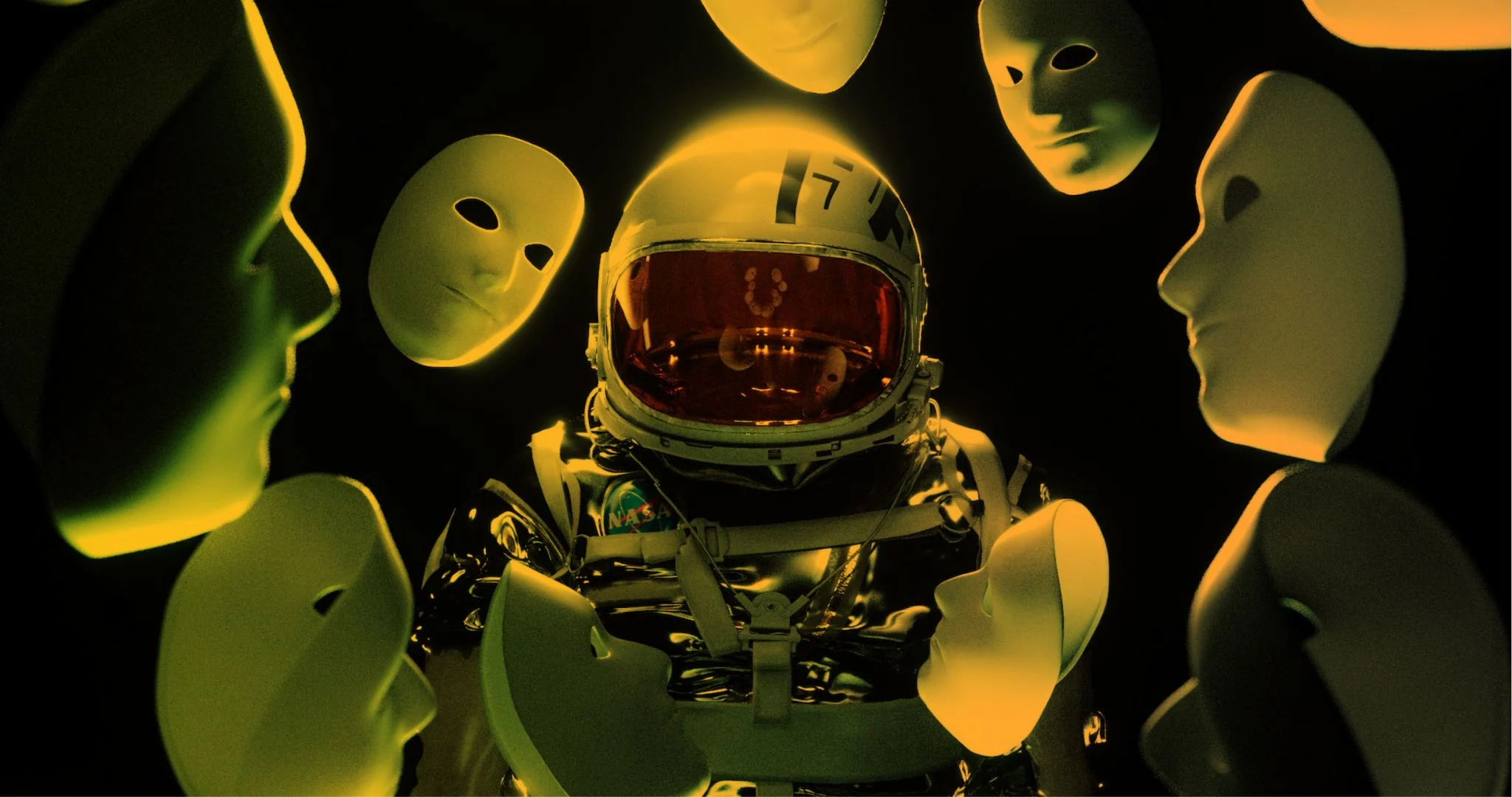
What Is an NFT Artist? On-Chain Art on SuperRare, Community, and More
Artists who utilize NFTs are growing in number, and there is good reason wh...

Virginia Valenzuela
Mar 23rd, 2023

AI Tools Can Help Detect Fake NFTs. Here's How
More NFT markets are turning to AI tools to combat the rise in NFT copymint...

Eric Esposito
Apr 3rd, 2023
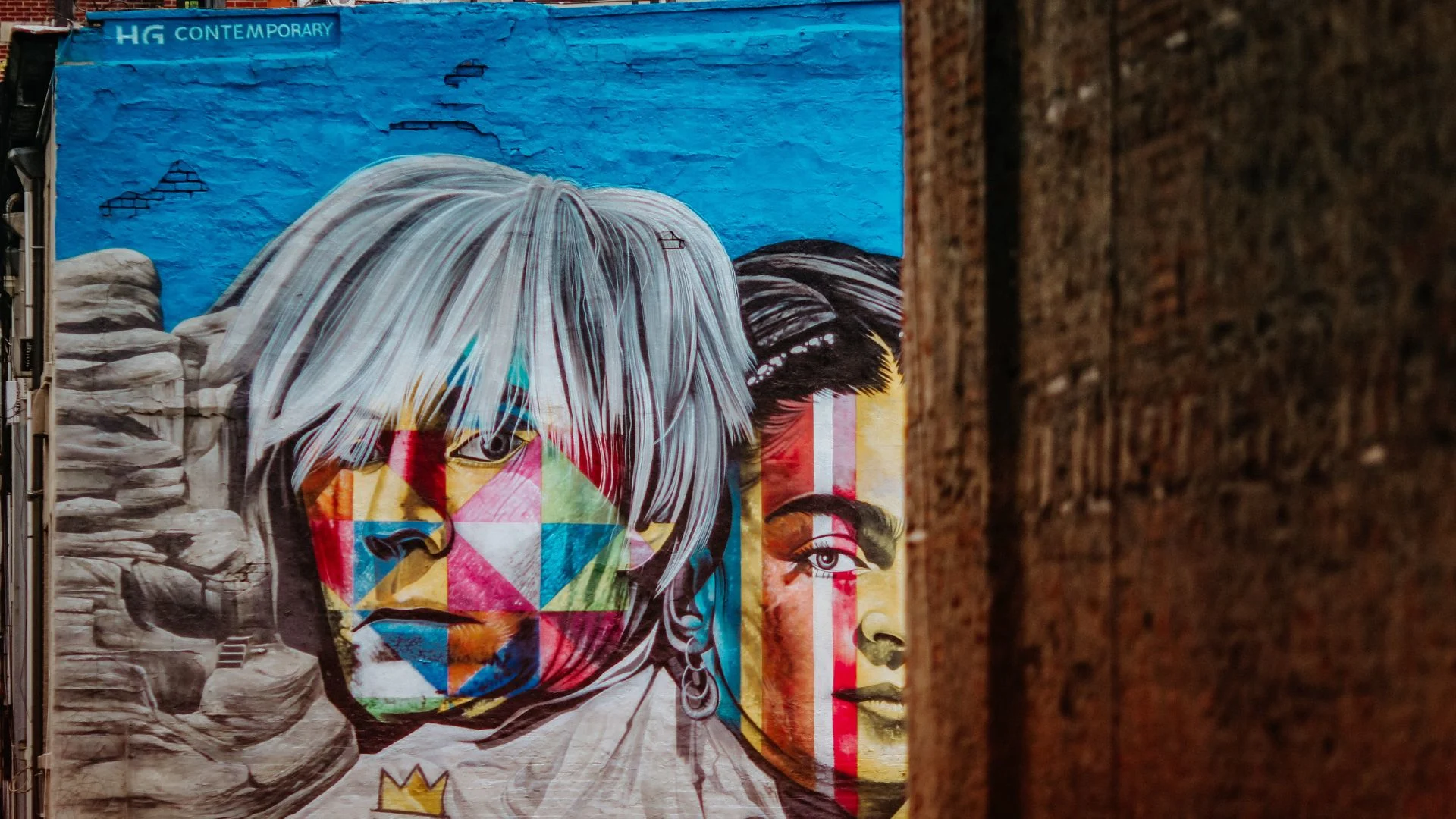
New Andy Warhol Art NFTs Could Help Elevate Younger Investors
Four of Andy Warhol’s famous artworks enter the NFT landscape with fraction...

Virginia Valenzuela
Mar 30th, 2023